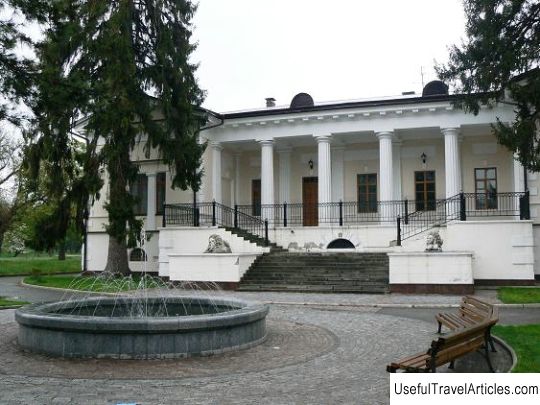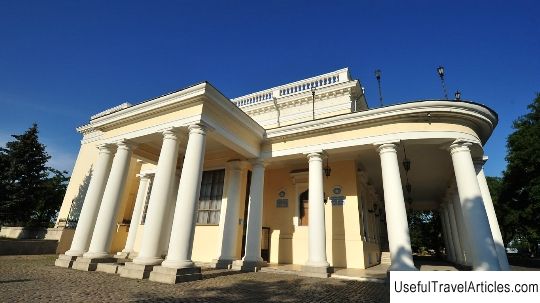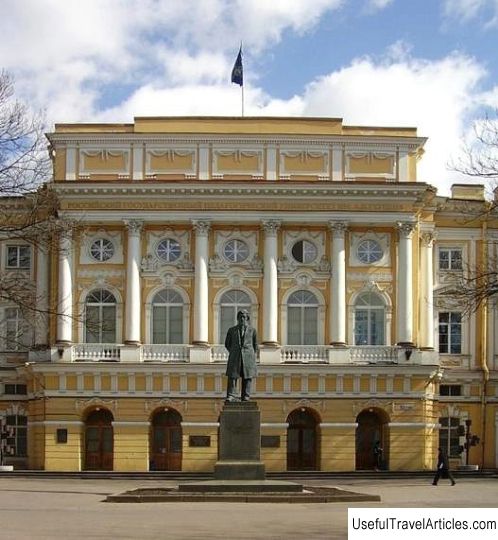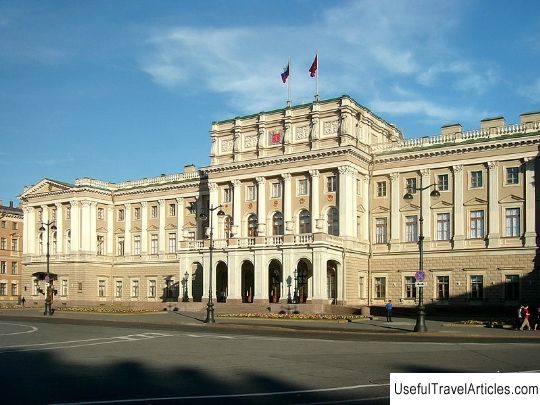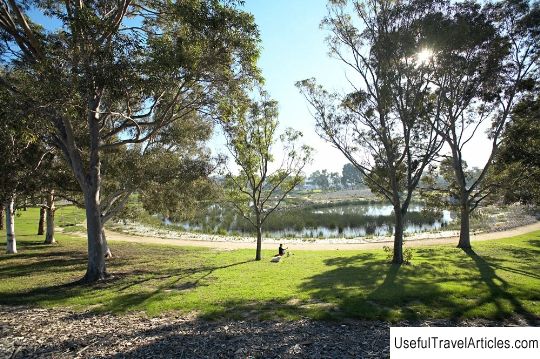Vorontsov Palace description and photos - Russia - Saint Petersburg: Saint Petersburg
Rating: 8,5/10 (1948 votes) 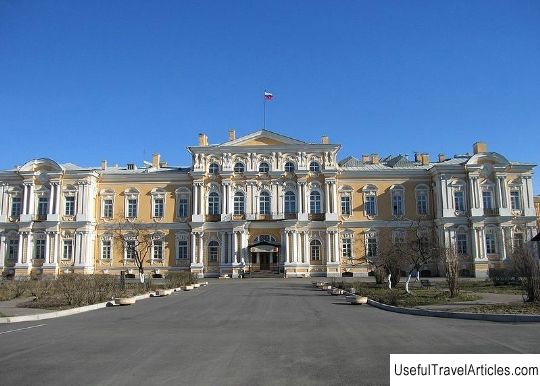
Vorontsov Palace description and photos - Russia - Saint Petersburg: Saint Petersburg. Detailed information about the attraction. Description, photos and a map showing the nearest significant objects. Photo and descriptionVorontsov Palace is one of the main attractions of St. Petersburg. The palace is located on the territory of the estate owned by Count Mikhail Illarionovich Vorontsov. The palace coup of 1741 (in which Vorontsov took an active part) elevates Empress Elizabeth to the Russian throne. Elizaveta Petrovna did not fail to thank Mikhail Illarionovich for his merits by assigning him the rank of general. The design and construction of the palace was carried out by F.B. Rastrelli is a Russian architect, Italian by origin. The estate is located between Fontanka and Sadovaya street in the southwest direction and occupies a significant territory. The facade of the palace is separated from the street by a fence, which is an example of artistic casting. Behind the fence is a vast palace with the main building and symmetrical two-storey wings brought forward. In the back of the courtyard there is a three-story main building, far from the city noise. To decorate the main facade, Rastrelli uses double rusticated columns with a balcony above. Arched windows on the ground floor are framed with decorative frames. The ceremonial hall is located on the second floor. The impression of solemnity and splendor of the palace, inherent in the Baroque style, is created in the first moment, as soon as one enters the estate. According to the testimony of contemporaries, the inner content of the fifty state rooms, located along the main facade, was distinguished by dazzling luxury. Unfortunately, the interior of the buildings has not survived to this day. The garden, which was located behind the main building, decorated numerous fountains, well-groomed alleys, pools and other "whims". In the garden, stretching to the Fontanka, one could watch fireworks, which certainly accompanied the festivities in the Anichkov Garden. In 1817, the garden was shortened according to the project of Karl Rossi. An open terrace, located above the one-story building, opened up a beautiful view of the river. In the central part of the palace there was a large double-height hall. One of the halls housed the library of M.I. Vorontsov, who was rightfully considered the best in St. Petersburg. The construction of the palace required no small investment. And holding regular balls and receptions led to the fact that the financial situation of M.I. Vorontsov was no longer allowed to spend money on its maintenance. In 1763, the palace was transferred to the treasury for debts. During the reign of Paul I, the palace was renamed the Castle of the Knights of Malta and was transferred to the Order of Malta. This is due to the fact that in 1798 Emperor Paul was elected Master of the Order of Malta, and the former Vorontsov Palace became his residence. The coat of arms of the order - a white Maltese cross - was installed above the gate. According to the project of D. Quarenghi, in 1798 the construction of the Catholic chapel of the order began, in which the meetings of the Order of the Knights of Malta were held. An Orthodox church was built in the left wing. Under Alexander I, the estate with all its property was transferred to the state's disposal, and soon the Corps of Pages was located there. The Pages Corps trained the officers of the Guard, and the cadets' bedrooms were located on the second floor. The October Revolution led to the closure of the Pages Corps. In the early 1920s, military educational institutions were located on the territory of the Vorontsov Palace. In 1928, some of the items were donated to the museums of Leningrad. Since 1958, the building has been given to the Suvorov School. In 2003, in honor of the anniversary of St. Petersburg, the interior of the Maltese Chapel was restored. Today, the chapel hosts excursions, evenings of organ music, and a museum on the history of cadets is open.              We also recommend reading In-depth description and photo - Belarus: Vitebsk region Topic: Vorontsov Palace description and photos - Russia - Saint Petersburg: Saint Petersburg. |
